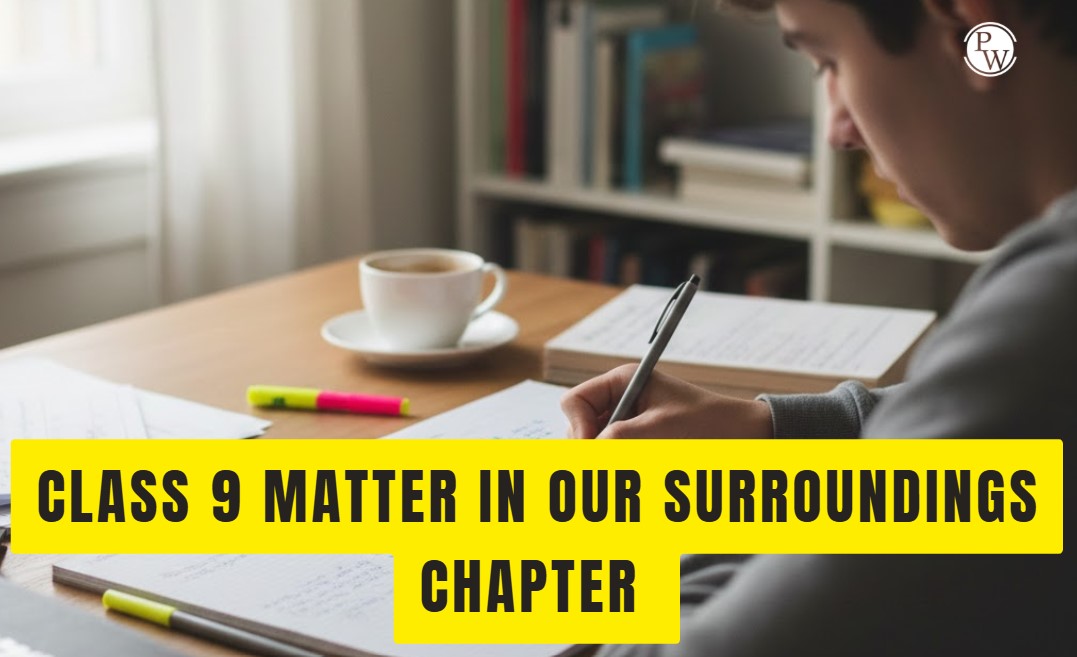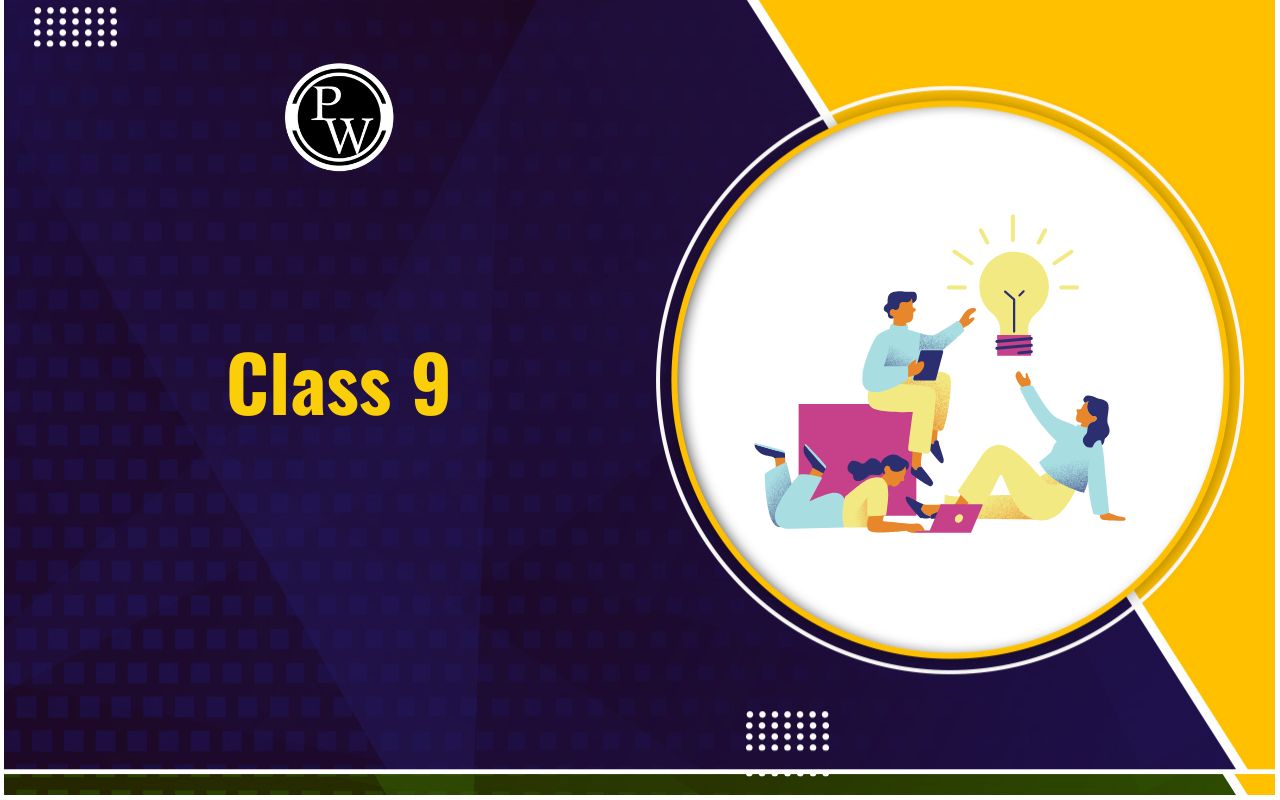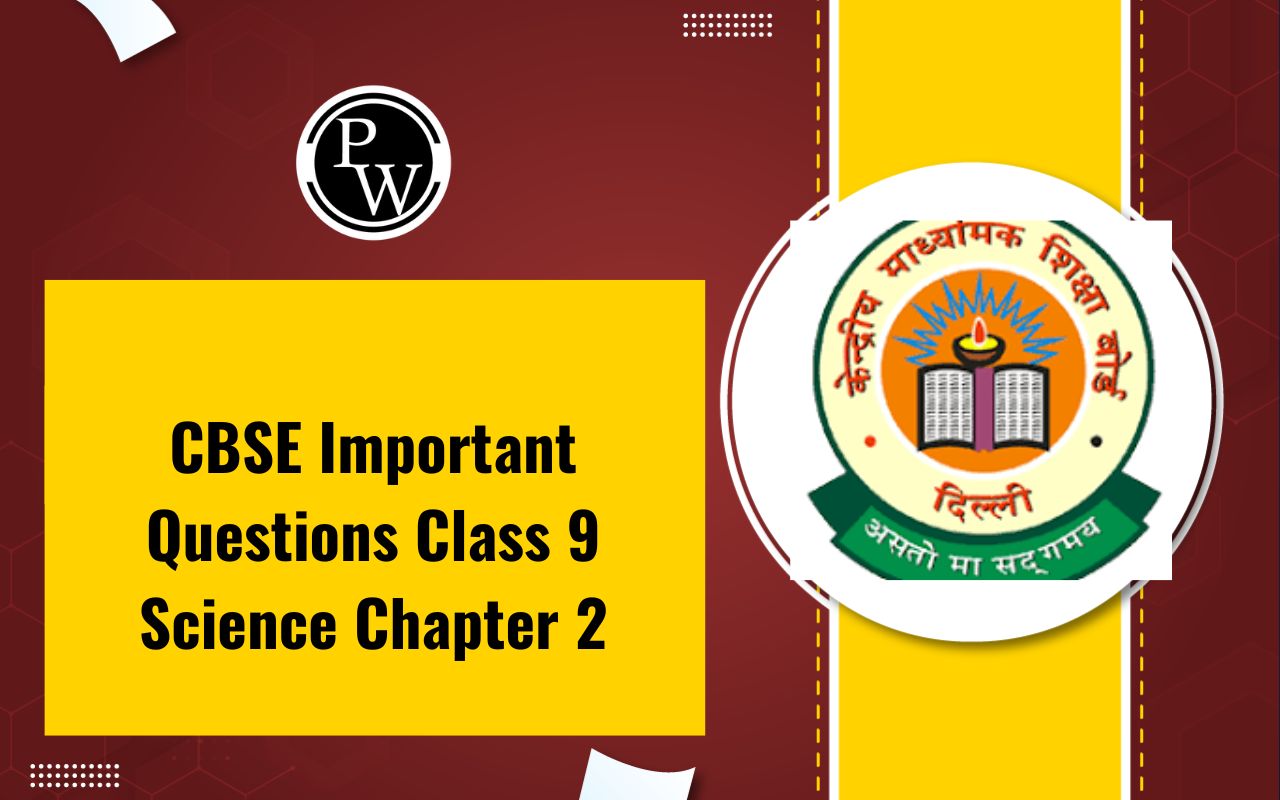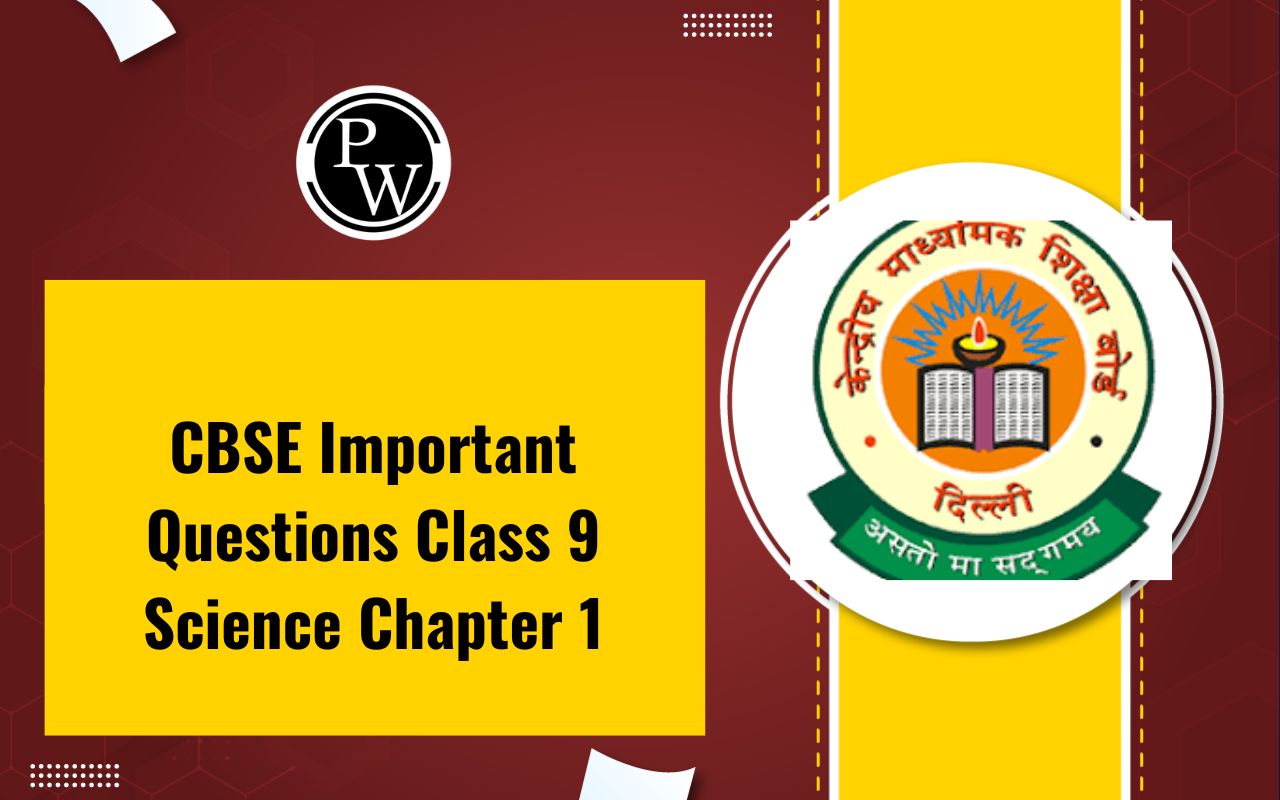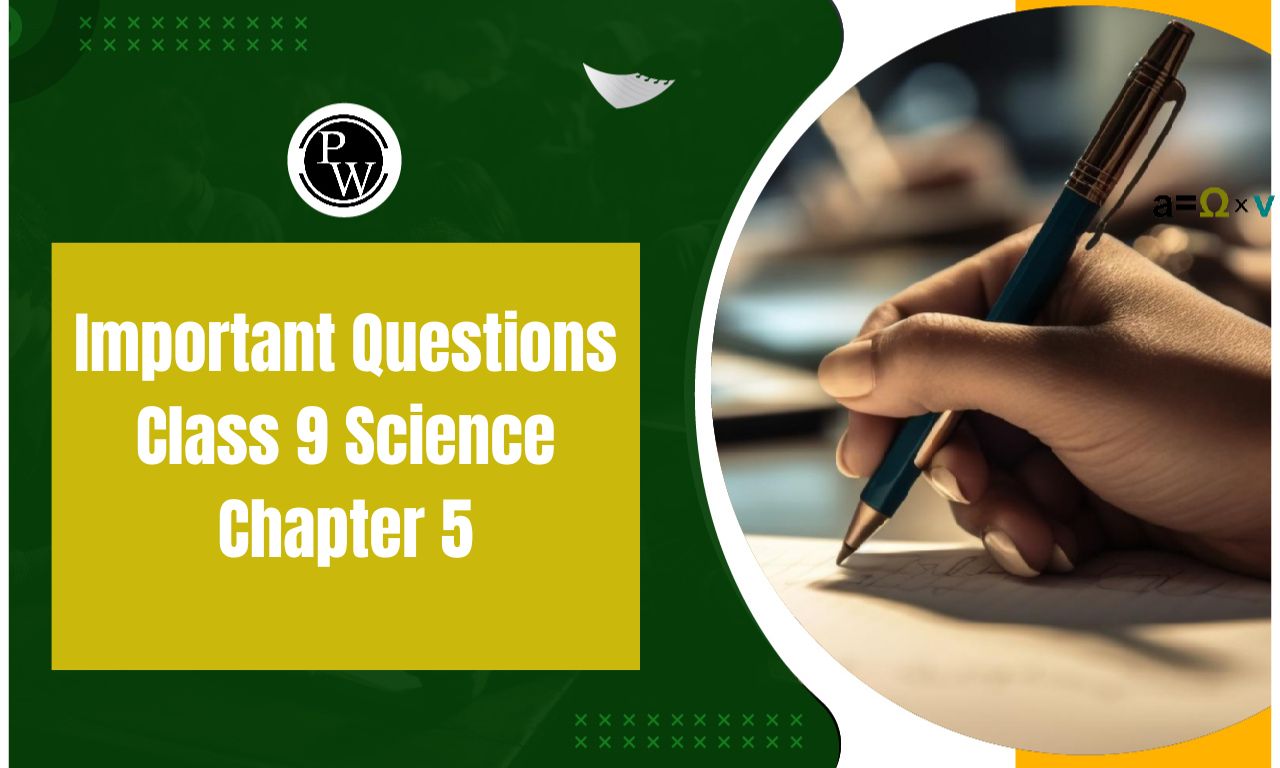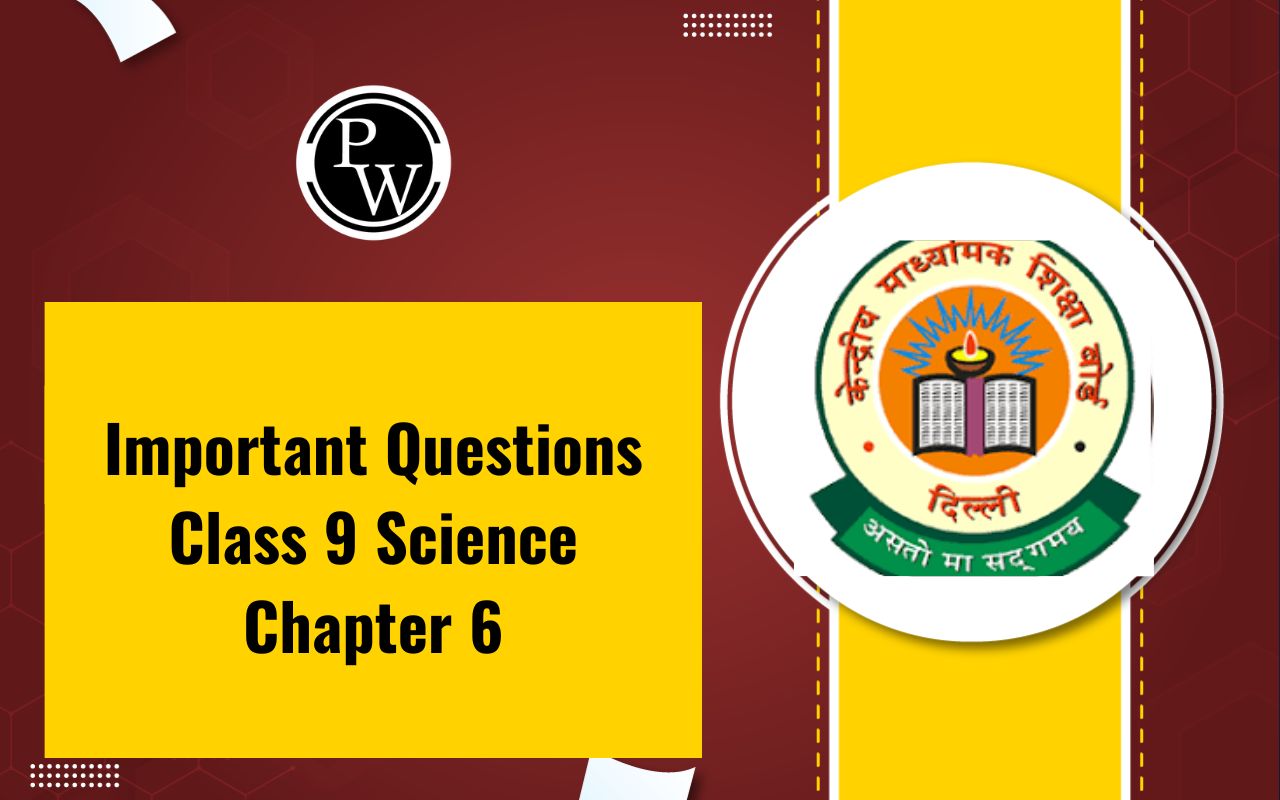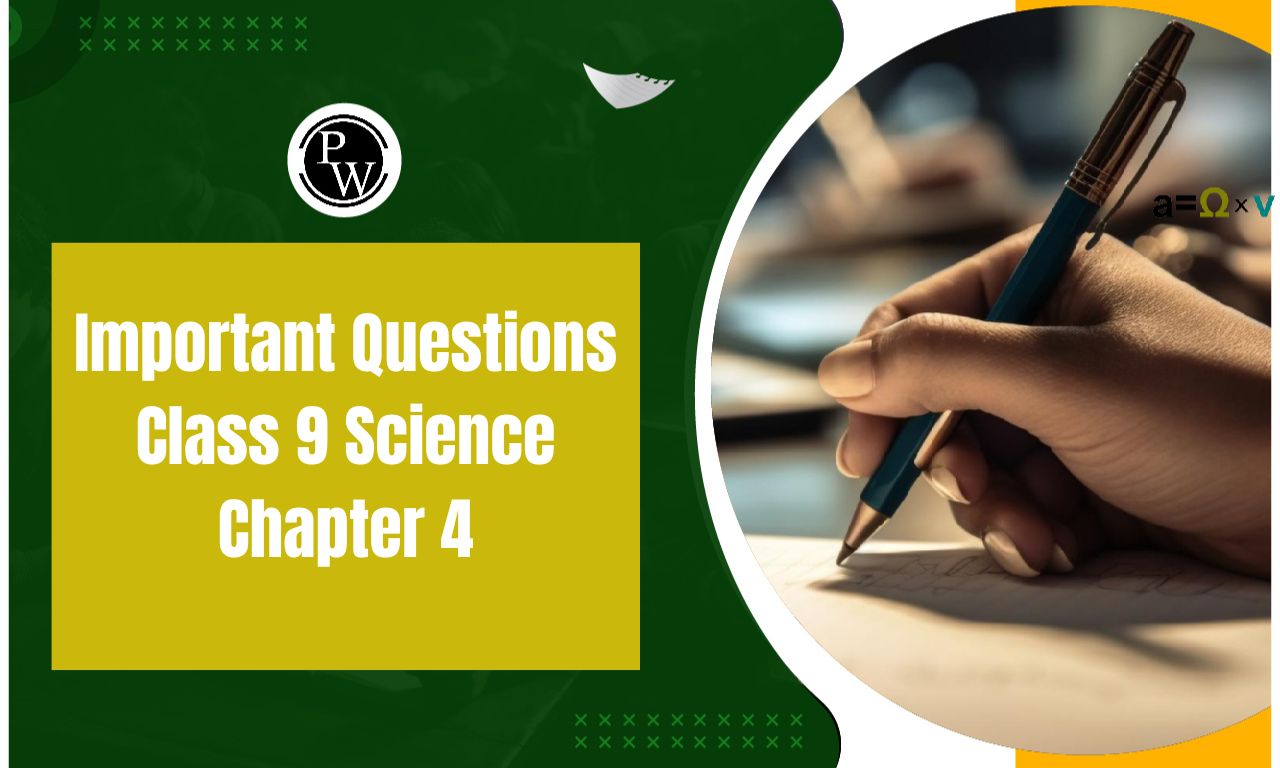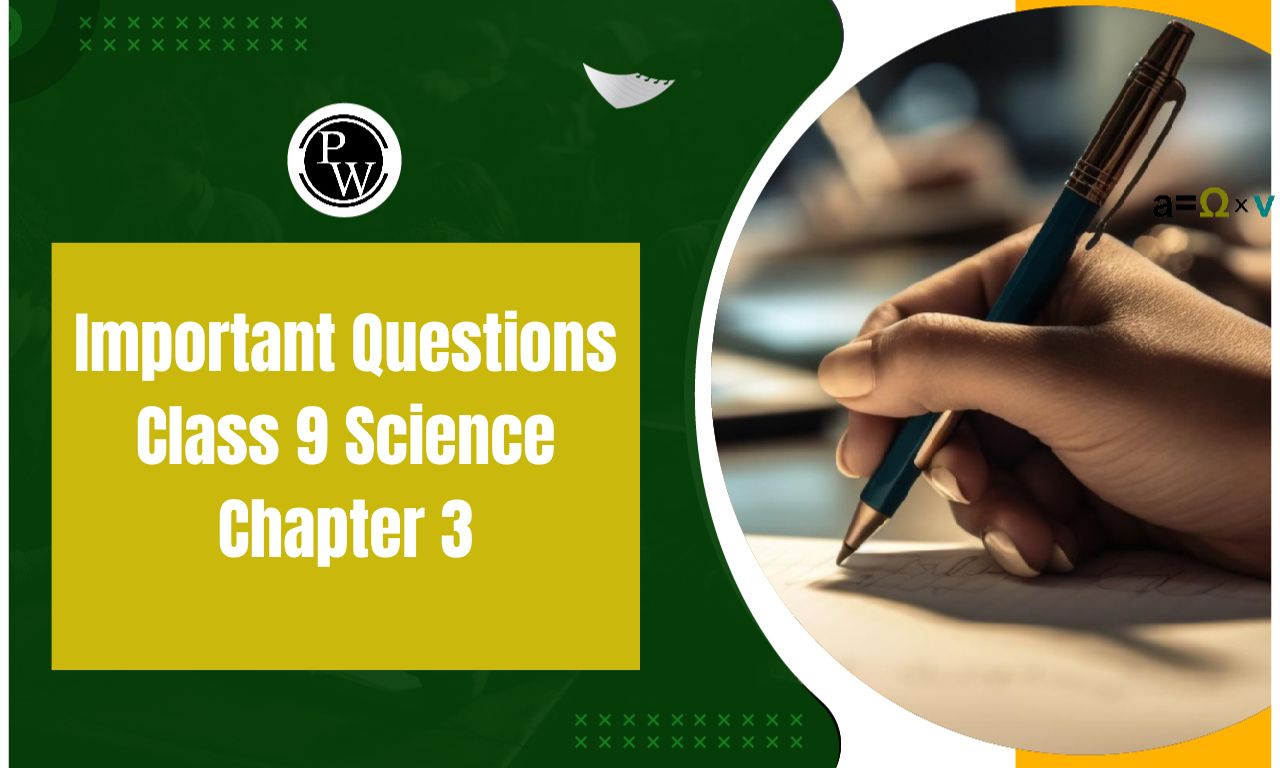
NCERT Solutions Class 9 English Poem Chapter 9: NCERT Solutions for Class 9 English Poem Chapter 9 help students understand the poem better. They explain the poem's meaning and important points in an easy-to-understand way.
These solutions are like a guide that helps students study and prepare for their exams. By using these solutions, students can improve their understanding of poetry and do well in their exams.NCERT Solutions Class 9 English Poem Chapter 9 PDF
You can find the PDF link below for NCERT Solutions Class 9 English Poem Chapter 9. This link helps you understand the poem better with detailed explanations. It is a useful resource for studying and preparing for exams. Just click on the link to access the solutions and improve your understanding of the poem's themes and literary techniques.NCERT Solutions Class 9 English Poem Chapter 9 PDF
NCERT Solutions Class 9 English Poem Chapter 9 The Bond of Love and Poem The Snake Trying
Below, you'll find the solutions for NCERT Class 9 English Poem Chapter 9. These solutions provide a detailed understanding of the poem, helping you grasp its themes, imagery, and poetic devices effectively.Thinking about the Text
I.
Given in the box are some headings. Find the relevant paragraphs in the text to match the headings. An Orphaned Cub; Bruno’s Food-chart; An Accidental Case of Poisoning; Playful Baba; Pain of Separation; Joy of Reunion; A Request to the Zoo; An Island in the CourtyardAnswer: An Orphaned Cub- 3;
Bruno’s Food-chart- 6; An Accidental Case of Poisoning- 8; Playful Baba- 12; Pain of Separation- 14; Joy of Reunion- 16; A Request to the Zoo- 18; An Island in the Courtyard- 21II. Answer the following questions
Question 1 . “I got him for her by accident.”
(i) Who says this? (ii) Who do ‘him’ and ‘her’ refer to? (iii) What is the incident referred to here?Answer: “I got him for her by accident.”
(i) The narrator says the statement. (ii) ‘Him’ refers to the baby sloth bear and ‘her’ refers to the narrator’s wife. (iii) The incident is about how the narrator got the baby sloth bear to his house.Question 2 . “He stood on his head in delight.”
(i) Who does ‘he’ refer to? (ii) Why was he delighted?Answer: “He stood on his head in delight.”
(i) ‘He’ refers to Bruno, the sloth bear. (ii) Bruno was sent to the zoo. He was delighted to see the narrator’s wife after a long time.Question 3 . “We all missed him greatly: but in a sense we were relieved.”
(i) Who does ‘we all’ stand for? (ii) Who did they miss? (iii) Why did they nevertheless feel relieved?Answer: “We all missed him greatly: but in a sense we were relieved.”
(i) ‘We all’ stands for the narrator and his family members – wife and son. (ii) They missed the bear. (iii) They felt relieved because it was becoming difficult to keep the bear at home due to his growing size.III. Answer the following questions in 30 to 40 words each.
Question 1: On two occasions, Bruno ate/drank something that should not be eaten/drunk. What happened to him on these occasions?
Answer: The first time Bruno ate something he shouldn't have was when he ingested poison meant for rats and mice in the narrator's library. This left him paralyzed and unable to stand. He had to be taken to the vet for treatment. The second incident occurred when Bruno consumed nearly a gallon of old engine oil, which the narrator had stored as a termite repellent. Surprisingly, this didn't harm Bruno, and he showed no ill effects from ingesting it.
Question 2: Was Bruno a loving and playful pet? Why, then, did he have to be sent away?
Answer: Bruno was indeed a loving and playful pet. He grew very fond of the narrator's two Alsatian dogs and enjoyed the company of the children from the tenants' families in the bungalow. In his younger days, he had the freedom to play and roam around, often finding his way into the kitchen.
However, as Bruno continued to grow much larger than when he first arrived, it became increasingly challenging to accommodate him in the house. Eventually, the decision was made to send him away due to his size.Question 3: How was the problem of what to do with Bruno finally solved?
Answer: Bruno was sent to a zoo because his size made it impossible to keep him in the house any longer. However, in the zoo, Bruno became restless and refused to eat, causing him to become weak. Concerned for his well-being, the narrator drove his wife to the zoo, where she fed Bruno a substantial amount of food and drink. Realizing that Bruno would not thrive in the zoo environment, she pleaded with the zoo authorities to return him to them.
The narrator and his wife were successful in bringing Bruno back home. They then created a special island for him, where he could live comfortably and happily.Thinking about Language
I.
Question 1: Find these words in the lesson. They all have ie or ei in them.
f__ld; ingred__nts; h__ght; misch__vous; fr__nds; __ghty-seven; rel__ved; p__ceAnswer: field; ingredients; height; mischievous; friends; eighty-seven; relieved; piece
Question 2: Now, here are some more words. Complete them with ei or ie. Consult a dictionary if necessary.
bel__ve; rec__ve; w__rd; l__sure; s__ze; w__ght; r__gn; for__gn; gr__f; p__rceAnswer: believe; receive; weird; leisure; seize; weight; reign; foreign; grief; pierce
II: Here are some words with silent letters. Learn their spelling. Your teacher will dictate these words to you. Write them down and underline the silent letters.
knock wrestle walk wrong knee half honest daughter hours return hornet calm could sign island buttonAnswer:
knock wrestle walk wrong knee half honest daughter hours return hornet calm could sign island buttonIII. How to look at an Index
An index is a list of names or topics that are to be found in a book. It is a list arranged in alphabetical order at the end of a book. The following paragraph shows that the doctor is consulting the index of a medical book to find out which injection is appropriate for Bruno. “Out came his medical books, and a feverish reference to index began: What poison did you say, sir?” “Barium carbonate”. “Ah yes—B—Ba— Barium Salts—Ah! Barium carbonate! Symptoms—paralysis— treatment—injections of … Just a minute, sir. I’ll bring my syringe and the medicine.” 1. You have read about the French Revolution and you want to know more about the Third Estate in the context of the French Revolution. You can refer to the index of the book Living World History by T. Walter Wallbank and Arnold Schrier: On which pages in this book will you find information about the French Revolution and the Third Estate?Answer: The French Revolution: 393, 404-405, 408, 427, 489
Third Estate: 404, 405
Question 2: To know what ‘Food Security’ and ‘Minimum Support Price’ mean in the context of the economic growth of a country you can go to the subject index given below from Poverty and Famines — An Essay on Entitlement and Deprivation by Amartya Sen. Under which heading in the index are you likely to find these topics?

Answer: The heading under which we are likely to find these topics is Famine Relief. Famine relief: 43, 57, 87-8, 96-8, 116-17, 131-2
Question 3: Given below is a portion of an index page from the book, French’s Index of Differential Diagnosis, edited by F. Dudley Hart M.D., F.R.C.P.
Study the entries and find out whether the following topics are discussed in the book. (i) bronchitis due to cigarette smoking (ii) heart failure due to bronchitis (iii) bronchitis in childrenAnswer:
(i) bronchitis due to cigarette smoking- Yes, it is discussed in the book on page 223. (ii) heart failure due to bronchitis- Yes, it is discussed in the book on page 82. (iii) bronchitis in children- Yes, it is discussed in the book on page 178.IV.
Question 1: The Narrative Present
Notice the incomplete sentences in the following paragraphs. Here the writer is using incomplete sentences in the narration to make the incident more dramatic or immediate. Can you rewrite the paragraph in complete sentences? (You can begin: The vet and I made a dash back to the car. Bruno was still floundering…) (i) A dash back to the car. Bruno still floundering about on his stumps, but clearly weakening rapidly; some vomiting, heavy breathing, with heaving flanks and gaping mouth. Hold him, everybody! In goes the hypodermic—Bruno squeals — 10 c.c. of the antidote enters his system without a drop being wasted. Ten minutes later: condition unchanged! Another 10 c.c injected! Ten minutes later: breathing less stertorous — Bruno can move his arm and legs a little although he cannot stand yet. Thirty minutes later: Bruno gets up and has a great feed! He looks at us disdainfully, as much as to say, ‘What’s barium carbonate to a big black bear like me?’ Bruno is still eating. (ii) In the paragraphs above from the story the verbs are in the present tense (eg. hold, goes, etc.). This gives the reader an impression of immediacy. The present tense is often used when we give a commentary on a game (cricket, football, etc.), or tell a story as if it is happening now. It is, therefore, called the narrative present. You will read more about the present tense in Unit 10.Answer:
The vet and I hurried back to the car, where Bruno was struggling on his stumps, clearly weakening quickly. He was vomiting and breathing heavily, with a gaping flank and mouth. The vet directed his assistants to hold Bruno steady as he administered a hypodermic injection, delivering 10 c.c. of the antidote precisely. Despite the injection, Bruno's condition remained unchanged after ten minutes. Another 10 c.c. of the antidote was then injected, and after some time, his breathing eased and he regained some movement in his limbs. Thirty minutes later, Bruno managed to get up and eat heartily, seemingly unaffected by the ordeal. His recovery left us in awe of his resilience.Question 2: Adverbs
Find the adverbs in the passage below. (You’ve read about adverbs in Unit 1.) We thought that everything was over when suddenly a black sloth bear came out panting in the hot sun. Now I will not shoot a sloth bear wantonly but, unfortunately for the poor beast, one of my companions did not feel that way about it, and promptly shot the bear on the spot.(i) Complete the following sentences, using a suitable adverb ending in –ly.
(a) Rana does her homework ____________. (b) It rains ____________ in Mumbai in June. (c) He does his work ____________. (d) The dog serves his master ____________.Answer :
We thought that everything was over when suddenly a black sloth bear came out panting in the hot sun. Now I will not shoot a sloth bear wantonly but, unfortunately for the poor beast, one of my companions did not feel that way about it, and promptly shot the bear on the spot.(i)
(a) Rana does her homework neatly. (b) It rains heavily in Mumbai in June. (c) He does his work diligently. (d) The dog serves his master obediently.(ii) Choose the most suitable adverbs or adverbial phrases and complete the following sentences.
(a) We should ____________ get down from a moving train. (never, sometimes, often) (b) I was ____________ in need of support after my poor performance. (badly, occasionally, sometimes) (c) Rita met with an accident. The doctor examined her ____________. (suddenly, seriously, immediately)Answer:
(a) We should never get down from a moving train. (never, sometimes, often) (b) I was badly in need of support after my poor performance. (badly, occasionally, sometimes) (c) Rita met with an accident. The doctor examined her immediately. (suddenly, seriously, immediately)Question 3: Take down the following scrambled version of a story that your teacher will dictate to you, with appropriate punctuation marks. Then, read the scrambled story carefully and try to rewrite it rearranging the incidents.
A grasshopper, who was very hungry, saw her and said, “When did you get the corn? I am dying of hunger.” She wanted to dry them. It was a cold winter’s day, and an ant was bringing out some grains of corn from her home. She had gathered the corn in summer. “I was singing all day,” answered the grasshopper. “If you sang all summer,” said the ant, “you can dance all winter.” “What were you doing?” asked the ant again. The grasshopper replied, “I was too busy.” “I collected it in summer,” said the ant. “What were you doing in summer? Why did you not store some corn?”Answer : It was a cold winter’s day, and an ant was bringing out some grains of corn from her home. She had gathered the corn in summer. She wanted to dry them.
A grasshopper, who was very hungry, saw her and said, “I am dying of hunger. When did you get the corn?” “I collected it in summer,” said the ant. “What were you doing in summer? Why did you not store some corn?” The grasshopper replied, “I was too busy.” “What were you doing?” asked the ant again. “I was singing all day,” answered the grasshopper. “If you sang all summer,” said the ant, “you can dance all winter.”Speaking
‘Animals also feel the pleasure of love and the pain of separation’. Make a presentation by giving examples from your own experience.Answer: Do it yourself.
Writing
Pets have unique care and handling requirements and should only be kept by those with the commitment to understand and meet their needs. Give your argument in support of or against this statement. or There is an ongoing debate on whether snake charmers should continue in their profession. You can get some idea about the debate from the newspaper clipping (The Hindu, 16 June 2004) given below. Read it, discuss in pairs or groups, and write either for or against the profession of snake charmers.NCERT Solutions for Class 9 English Chapter 9 Poem The Snake Trying here Thinking about the Poem
Question 1. What is the snake trying to escape from?
Answer: The snake is desperately trying to flee from the stick that's being wielded against it. Humans often attempt to kill snakes out of fear, assuming that all snakes are poisonous and pose a threat.
Question 2 . Is it a harmful snake? What is its colour?
Answer: No, it is not a harmful snake. It is green in colour.
Question 3 . The poet finds the snake beautiful. Find the words he uses to convey its beauty.
Answer: The poet admires the snake for its beauty, describing it as graceful and elegant. He notes how it glides effortlessly, highlighting its small size and vibrant green color.
Question 4 . What does the poet wish for the snake?
Answer: The poet expresses a desire for the person holding the stick to release the snake rather than kill it.
Question 5. Where was the snake before anyone saw it and chased it away? Where does the snake disappear?
Answer:
Before anyone noticed, the snake lay along the sand, swiftly disappearing into the ripples among the green, slim reeds when chased away.II.
Question 1. Find out as much as you can about different kinds of snakes (from books in the library, or from the Internet). Are they all poisonous? Find out the names of some poisonous snakes.
Answer: Not all snakes are poisonous. Some of the poisonous snakes are: Cobra, Krait, Russell’s viper, Saw Scaled Viper and King Cobra.
Question 2. Look for information on how to find out whether a snake is harmful.
Answer: Do it yourself.
Question 3. As you know from the previous lesson you have just read, there are people in our country who have traditional knowledge about snakes, who even catch poisonous snakes with practically bare hands. Can you find out something more about them?
Answer: Do it yourself.
Benefits of NCERT Solutions Class 9 English Poem Chapter 9
The benefits of NCERT Solutions for Class 9 English Poem Chapter 9 include:Comprehensive Understanding: NCERT Solutions provide detailed explanations of each poem, helping students understand the underlying themes, literary devices, and poetic techniques used by the poet.
Clarity of Concepts: By providing step-by-step solutions to the exercises and questions provided in the textbook, NCERT Solutions ensure that students grasp the concepts effectively.
Improved Performance: Regular practice with NCERT Solutions enhances students' comprehension skills and boosts their confidence, leading to improved performance in examinations.
Easy Accessibility: NCERT Solutions are readily available online and offline, making them easily accessible to students anytime, anywhere, facilitating self-paced learning.
Exam Preparation: By covering all the important topics and questions from the prescribed syllabus, NCERT Solutions help students prepare thoroughly for their exams, ensuring better results.
NCERT Solutions Class 9 English Poem Chapter 9 FAQs
How can NCERT Solutions help in understanding the poem better?
Are NCERT Solutions for Class 9 English Poem Chapter 9 easy to understand?
What is the name of Chapter 9 Class 9 English Poem?

